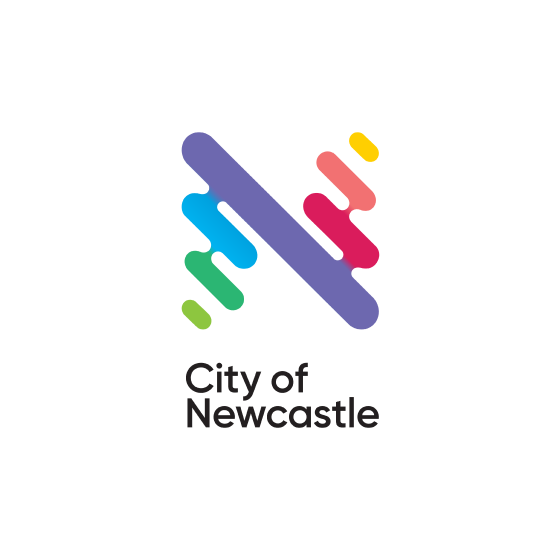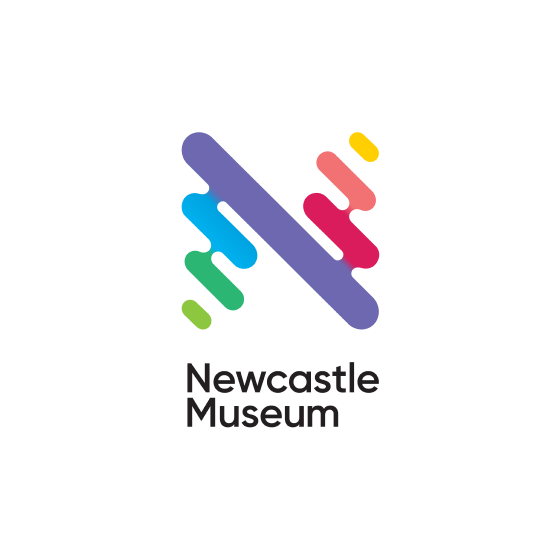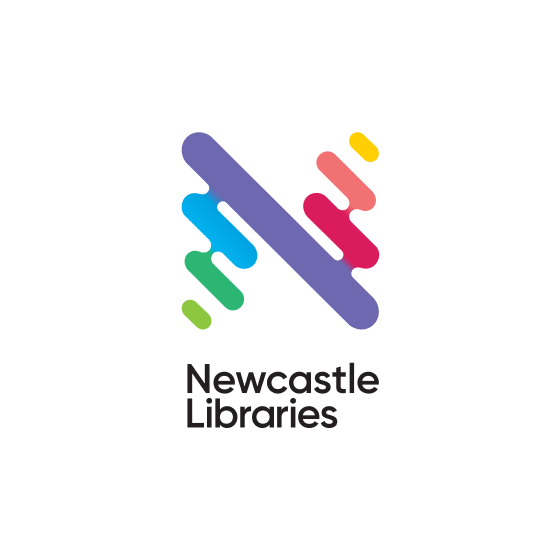Living Labels
The soil of Newcastle sprouts life in all its forms, and the plants that grow here connect us to millennia of stories, experiences, and history.
Living Labels links our unique natural environment with the diverse collection of Newcastle Museum. Outside, in Museum Park, you can discover living examples of trees and plants that have shaped and defined the place we live. Inside the Museum, you can trace how these trees weave their way through our objects and exhibitions.
To uncover these stories, use your phone to scan the QR codes on the labels inside and outside the Museum. This will link you to the Living Labels website, where you can discover local aboriginal names for each plant from both the Awabakal and Worimi languages. You'll also find Common and Scientific names, as well as the stories each plant relates to. If you need help, please ask a museum worker.
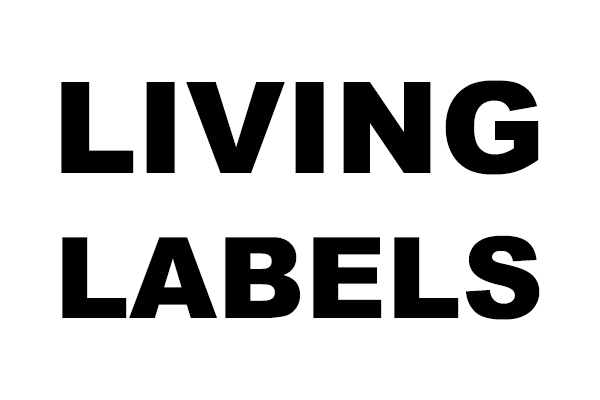;)
Stringy Bark
;)
Coastal Banksia
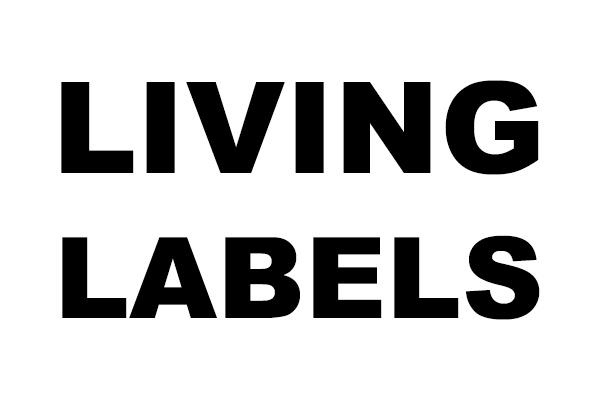;)
;)




